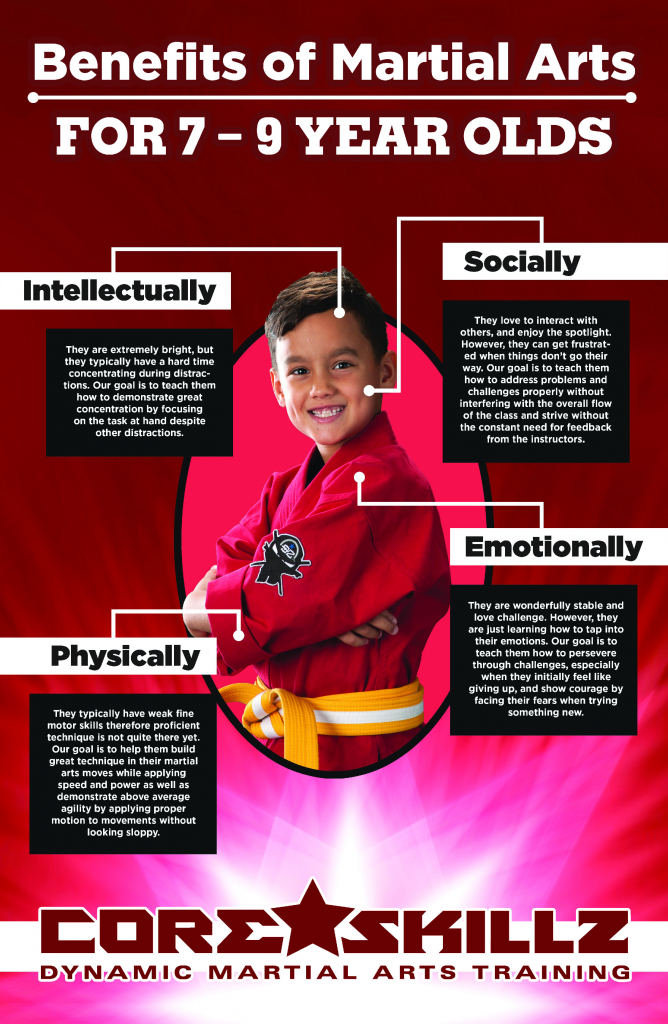The Value Of Adaptability In Martial Arts Training
The Value Of Adaptability In Martial Arts Training
Blog Article
Article Produced By-Young McClellan
Did you know that flexibility plays an important role in fighting styles training?
Actually, a study carried out by the International Journal of Sports Physical Treatment revealed that over 80% of martial artists have problem with restricted adaptability.
Yet why is go now ? Well, it not only enhances your efficiency and technique however additionally reduces the risk of injuries.
So, if hand to hand kajukenbo looking to take your martial arts skills to the next level and remain injury-free, you'll most definitely wish to keep analysis.
Advantages of Flexibility in Fighting Style
Flexibility in fighting styles brings numerous advantages to specialists, enabling you to improve your efficiency and decrease the risk of injury. By boosting your flexibility, you increase your variety of motion, allowing you to carry out methods with higher accuracy and efficiency.
This improved agility and fluidness in your movements can give you an one-upmanship, allowing you to react quicker and adjust to various circumstances throughout competing or competitions. In addition, enhanced flexibility helps to prevent injuries by enhancing muscle flexibility and joint flexibility.
It enables your body to relocate much more easily, decreasing the pressure on your muscle mass and tendons. This, subsequently, decreases the opportunities of sprains, stress, and muscular tissue pulls. By incorporating versatility training right into your martial arts technique, you not only boost your performance yet additionally guard your physical health.
Techniques to Boost Flexibility
To enhance your adaptability in fighting styles, you can incorporate different extending exercises right into your training routine.
One reliable strategy is dynamic stretching, which involves moving through a full range of motion to warm up your muscular tissues and raise versatility. Instances include leg swings, arm circles, and trunk turnings.
Another strategy is static extending, where you hold a go for a sustained time period. This aids lengthen and unwind your muscles, improving flexibility in time. Common fixed stretches for fighting styles include the butterfly stretch, hamstring muscle stretch, and shoulder stretch.
In addition, incorporating yoga exercise or Pilates right into your training can likewise significantly boost your flexibility.
Remember to constantly heat up prior to extending and pay attention to your body to stay clear of injury.
Flexibility Educating for All Skill Levels
As you proceed in your martial arts training, boosting your versatility ends up being crucial for improving your general performance. Versatility training isn't just beneficial for advanced practitioners yet additionally for newbies and intermediate trainees.
Regardless of your skill degree, incorporating versatility workouts into your training regimen will certainly assist you develop a large range of motion, stop injuries, and improve your method implementation.
For beginners, adaptability training can assist enhance your kind and pose, permitting you to carry out motions properly and successfully. Intermediate professionals can use flexibility training to additional raise their range of activity and enhance their fluidity in carrying out complex methods. Advanced students can benefit from versatility training by maintaining and improving their existing adaptability, allowing them to do sophisticated steps easily.
Conclusion
In conclusion, accepting flexibility in your fighting styles training is paramount. By integrating strategies to improve adaptability, you can enhance your performance and stop injuries.
Keep in mind, 'An adaptable body is a durable body.' So, keep pushing your restrictions, stretching regularly, and reap the benefits of a supple and dexterous physique.
